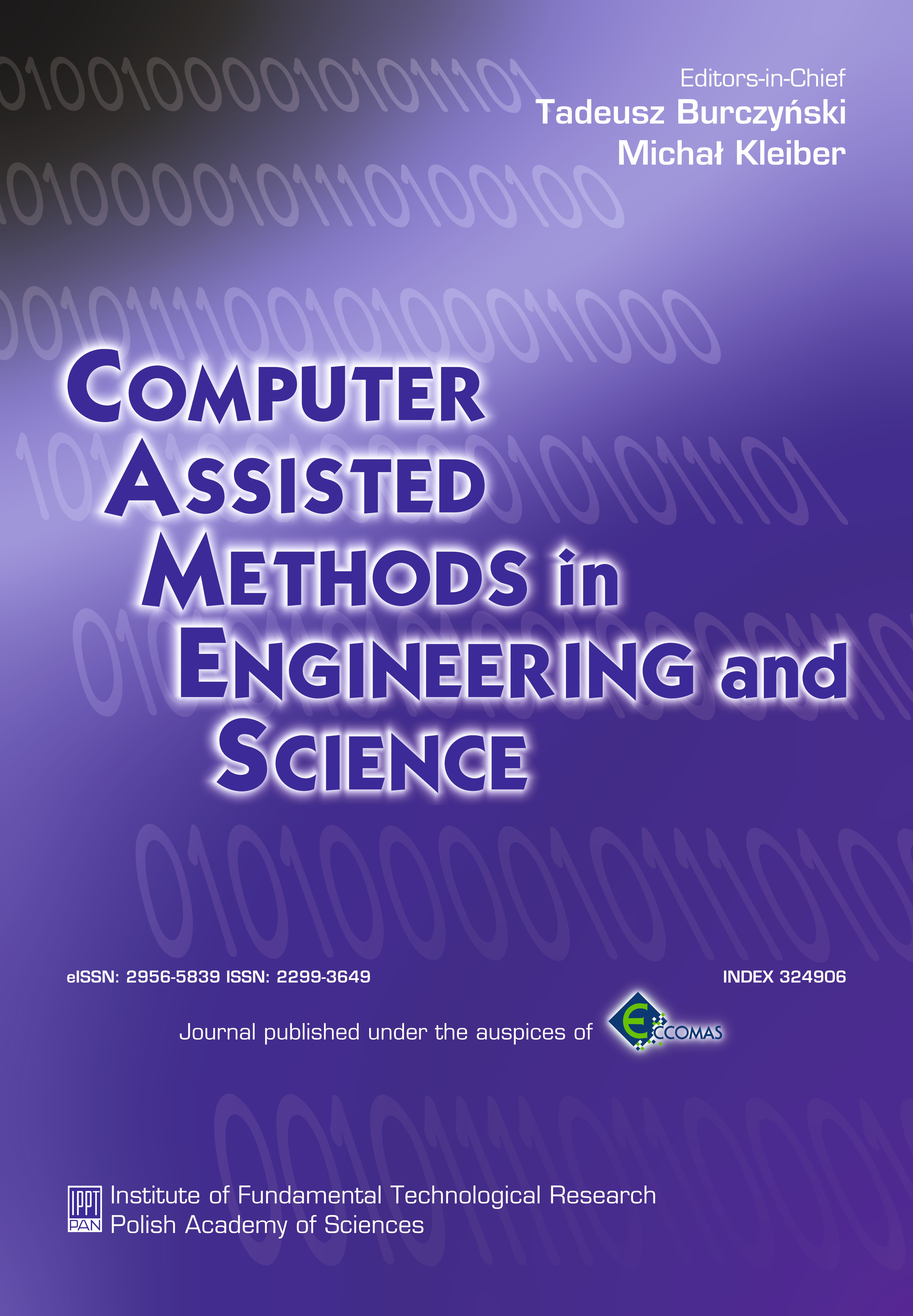Abstract
We present a layered architecture for iterative solvers of linear equations, designed to allow for easy integration with existing hp-adaptive FEM codes. We discuss interfaces between a solver and an external FEM code and requirements for the FEM code that must be met in order to work with the solver. Our solution is suited to work effectively with stationary as well as time-dependent problems. In this article, we provide an overview of the layered solver's structure and modules of each layer. In subsequent articles, we will present specific implementations of particular layers.
Keywords:
solver, FEM, higher-orderReferences
[2] D.E. Bernholdt, B.A. Allan, R. Armstrong, F. Bertrand, K. Chiu, T.L. Dahlgren, K. Damevski, W.R. Elwasif, T.G.W. Epperly, M. Govindaraju, D.S. Katz, J.A. Kohl, M. Krishnan, G. Kumfert, J.W. Larson, S. Lefantzi, M.J. Lewis, A.D. Malony, L.C. Mclnnes, J. Nieplocha, B. Norris, S.G. Parker, J. Ray, S. Shende, T.L. Windus, S. Zhou. A component architecture for high-performance scientific computing. International Journal of High Performance Computing Applications, 20: 163–202, 2006.
[3] M. Blatt, P. Bastian. On the generic parallelisation of iterative solvers for the finite element method. Int. J. Comput. Sci. Engrg., 4(1): 56–69, 2008.
[4] A. Dedner, R. Kl¨ofkorn, M. Nolte, M. Ohlberger. A Generic Interface for Parallel and Adaptive Scientific Computing: Abstraction Principles and the DUNE-FEM Module. Computing, 90(3–4): 165–196, 2010.
[5] M. Paszynski, D. Pardo, C. Torres-Verdin, L.F. Demkowicz, V.M. Calo. A parallel direct solver for the self-adaptive hp finite element method. J. Parallel Distrib. Comput., 70(3): 270–281 (2010).
[6] M. Paszynski, D. Pardo, A. Paszynska, L.F. Demkowicz. Out-of-core multi-frontal solver for multi-physics hp adaptive problems. Procedia CS, 4: 1788–1797, 2011.
[7] K. Banaś. On a modular architecture for finite element systems. I. Sequential codes. Computing and Visualization in Science, 8: 35–47, 2005.
[8] K. Banaś. A modular design for parallel adaptive finite element computational kernels, in: M. Bubak, G. van Albada, P. Sloot, J. Dongarra [Eds.], Computational Science – ICCS 2004, 4th International Conference, Kraków, Poland, June 2004, Proceedings, Part II, Vol. 3037 of Lecture Notes in Computer Science, 155–162 Springer, 2004.
[9] L. Demkowicz. Computing with hp-Adaptive Finite Elements, Vol. 1: One and Two Dimensional Elliptic and Maxwell Problems. Chapman and Hall/CRC, 2006.
[10] K. Banaś, M.F. Wheeler. Preconditioning GMRES for discontinuous Galerkin approximations. Computer Assisted Mechanics and Engineering Sciences, 11: 47–62, 2004.
[11] K. Banaś. Scalability analysis for a multigrid linear equations solver, [in:] R. Wyrzykowski, J. Dongarra, K. Karczewski, J. Waśniewski [Eds.], Parallel Processing and Applied Mathematics, Proceedings of VIIth International Conference, PPAM 2007, Gdansk, Poland, 2007, Vol. 4967 of Lecture Notes in Computer Science, 1265–1274, Springer, 2008.






